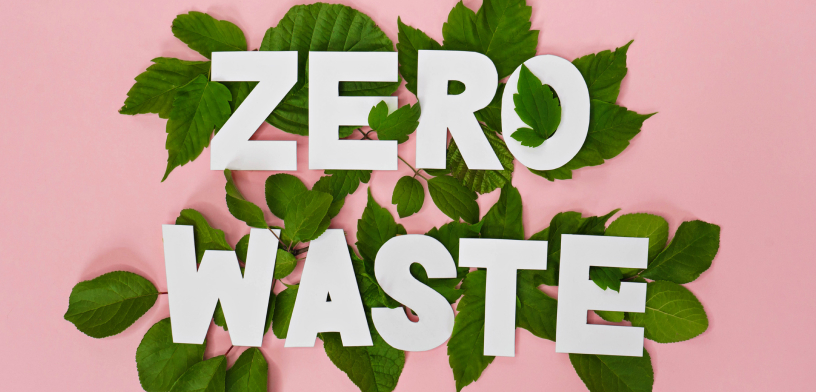M34: Čabarkapa, I., Rakita S., Lazarević, J., Vasić, V., Popović, S., Županjac, M., Peulić, T. (2024). Book of Abstracts. 5th International Congress “Food Technology, Quality and Safety – FoodTech 2024”, 16-18 October 2024, Novi Sad, Serbia, p.109.
From invasive crayfish to valuable resources
- Home
- Services
- Publications
- From invasive crayfish to valuable resources
↓ 5K+ preuzimanja
Take Action
Join our citizen science initiative and directly participate in scientific research. Engage as a consumer in sensory evaluations of new food products, attend gastronomic events, and contribute to surveys. Your involvement is crucial as end-users of innovative products.

Project title
Reducing the negative impact of invasive crayfish Faxonius limosus in the Danube by smart exploitation of their meat and shells
Project acronym
DANUBEcare
Registration number
#7417
Start date
03.01.2024.
Duration
36 months
Budget
283.569,36 €
Background
Project
The DANUBEcare project is funded by the Science Fund of the Republic of Serbia within the funding scheme PRISMA. GRANT No: #7417
Bulevar cara Lazara 1, 21 000 Novi Sad
Republic of Serbia
+381 65 65 46 789
ivana.cabarkapa@fins.uns.ac.rs
danubecare@gmail.com
The website is supported by the Science Fund of the Republic of Serbia.
DANUBEcare project bears full responsibility for the content and does not express the views of the Science Fund of the Republic of Serbia















